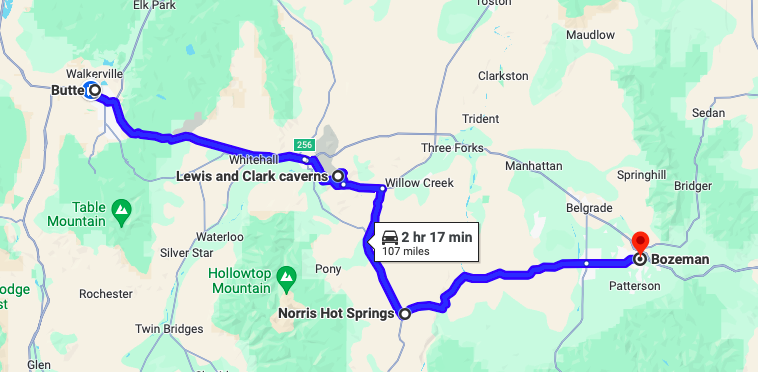Ah, the money conundrum. How much cash should I carry? Should I use my debit or credit card? Is it better to exchange money or use an ATM? I get more questions about money than anything else when friends and acquaintances are planning a trip overseas. Debit, credit or cash? Which is best for international travel? Personally, I use all three. But there is really no right answer. Below are some questions to consider and to research the next time you are traveling abroad and trying to answer this question for yourself.
Debit, credit or cash?

What is the preferred method of payment in the country I am traveling to?
Many countries, like Denmark and Australia, have become cashless for all practical purposes. That is not to say you cannot pay in cash, but it is neither quick nor convenient. Their banking systems are years ahead of ours and it is easier, even expected, to pay with a credit card. On the other hand, there are plenty of countries where you will be hard pressed to find a business that will accept a credit card. A little research is necessary to see if a card or cash system is preferred. This will help determine how much cash you will need.

What type of fees does my credit card charge?
If your credit card charges an international fee for each use, this may affect how often you want to use it. It may be easier to save it for larger purchases or emergencies and stick to cash. Of course, if you are traveling in an expensive country, this may necessitate multiple trips to the ATM and/or you carrying around large amounts of cash. These are not particularly good options. You may want to think about getting a credit card that does not charge an international fee. On the other hand, these types of credit cards usually charge an annual fee. So you really have to pick your poison on this one and decide which type of fee you want to pay.
What is the cost of living in the country I am traveling to?
$100 will get you a lot further in Serbia than it will in Switzerland. Cash will serve you well in Serbia where it is actually kind of hard to spend large sums of money. But if you want to go cardless in Switzerland, good luck! The higher the cost of living is in a country, the more likely you will be better served using a credit card. The lower the cost of living is in a country, the more likely you will be to pay for everything in cash. Again, some research on this topic ahead of time will serve you well. My favorite website for this type of research is Price of Travel.

Do my planned activities and/or lodging require cash payment?
Do you have lodging, tours or events lined up that require cash payment? You need to take these types of expenses into account. You do not want to show up to your walking tour and realize you do not have enough cash to pay for it. Or leave a tip.

Am I traveling to different countries with different currencies?
The Euro crosses many borders and if you are traveling to multiple countries that use it, great! You will not have to worry so much about how much cash you take out. However, if you are traveling through multiple countries that use different currencies, you will have to do a bit more research…and possibly some math. When R and I traveled to the Balkans a few years ago, we ended up in four countries with four different currencies. We had to try to get out the correct amount of cash for the length of our stay four different times. Honestly, it was a pain.
The B and R method for paying for stuff in a foreign county
I prefer to show up at my final destination, go through customs and look for an ATM. After 15 years of travel, only once have I not been able to get cash from an airport ATM. (That one place was Krakow, Poland. Three ATMs, three different debit cards, no luck. Instead, we used a card to purchase bus fare to the city center. There we located an ATM that provided us with cash and we went on our merry way).

Some people like to order money ahead of time so that they arrive at their destination with some local currency in hand. This costs money, but those who do it probably feel that money is worth the peace of mind. I do not bother. I also do not bother exchanging money at the airport. Everyone knows they rip you off. Plus, you have to carry around a bunch of U.S. dollars and that just seems risky to me.
How much cash do I take out?
Generally, I withdraw the equivalent of $200 (USD). If I am traveling in a cash-preferred country, I may take out $300-400 (USD). I wouldn’t go much higher than that for fear I would lose it or have it stolen. I then see how fast I spend my money. If it takes me the whole trip to spend that $200, great! (That rarely happens though. I enjoy shopping too much.) If it takes me about half the trip to spend $200, then I know I need to get the same amount out the next time. If I stumble upon a really cool market and blow through $200 in one day (hypothetically, of course), well then I get out double the next day.
It is always a crapshoot trying to make your cash last through the end of a trip. That is why I like using a credit card when I travel. It takes the guesswork out of determining how much cash I will need.

In the end, I would prefer to overestimate a bit than underestimate. If I overestimate, I can buy some souvenirs at the airport or possibly save it for the next trip–I do that a lot with Euros since I know I will be able to use them on a future trip to Europe. If I underestimate, I may have to hit up an ATM and take out the bare minimum. I hate that.
Tips:
- It never hurts to divide your cash and save it in various locations. That way, if your purse is stolen, you may still have some cash hidden in your luggage. (Read more about staying safe while traveling.)
- I do travel with some US dollars, usually around $50-75. This is hidden away and is there strictly for an emergency. I have read about people who travel with a couple hundred dollars and find it useful. I am not sure what kind of traveling they are doing, but I have never had to tap into my emergency stash and I wouldn’t want to carry more than that for fear of it getting stolen.
- If you are traveling with a friend, you might consider dividing and conquering your trips to the ATM. On that trip to the Balkans I mentioned earlier, I took out cash in Serbia for both R and me. Then in Montenegro, R took out cash. That way we both got hit with one international charge instead of two.
Conclusion
When it comes to money and travel, there is no right or wrong way. There is just your personal preference and level of comfort. I like a mix of debit, credit and cash. That mix depends on the country I am traveling to. Research is key here. I use my debit card to withdraw cash, and then I make all of my purchases using either that cash or my credit card. This method has served me well so far. Fingers crossed it continues to do so.





Leave a Reply